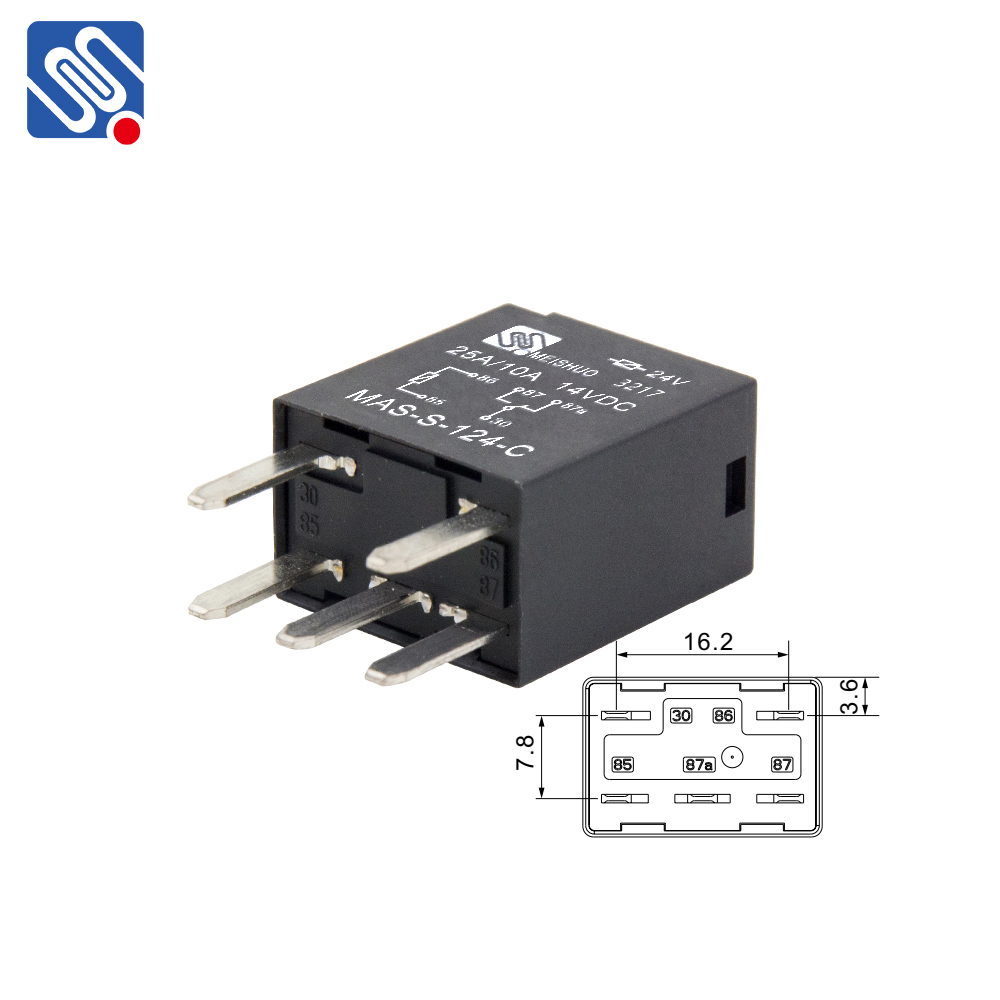understanding relay technology: a key to efficient communication and control systems
Release time:2025-04-09 12:34:22
Relay technology plays a crucial role in modern electrical and communication systems, serving as an essential tool for controlling circuits, facilitating automation, and ensuring the smooth operation of a wide range of devices. A relay is an electrical device that allows a low-voltage signal to control a higher voltage or current, enabling systems to operate with precision and safety. With applications spanning from basic switches to complex automation systems, relay technology has proven to be indispensable in a variety of industries, including telecommunications, automotive, and manufacturing.

What is Relay Technology?
At its core, a relay is an electrically operated switch that uses an electromagnet to open or close a set of contacts. The primary function of a relay is to control one electrical circuit by opening or closing contacts in another circuit. This action can be triggered by a low-voltage signal or input, such as from a microcontroller or a manual switch. When the input is activated, the electromagnet inside the relay energizes, causing the contacts to move and switch the higher voltage or current through the controlled circuit.
Relays come in different types and configurations, such as electromechanical relays (EMRs) and solid-state relays (SSRs), each offering unique advantages based on the application. Electromechanical relays use mechanical parts to perform their switching function, while solid-state relays use semiconductor components to achieve the same result without moving parts, leading to faster response times and greater durability.

